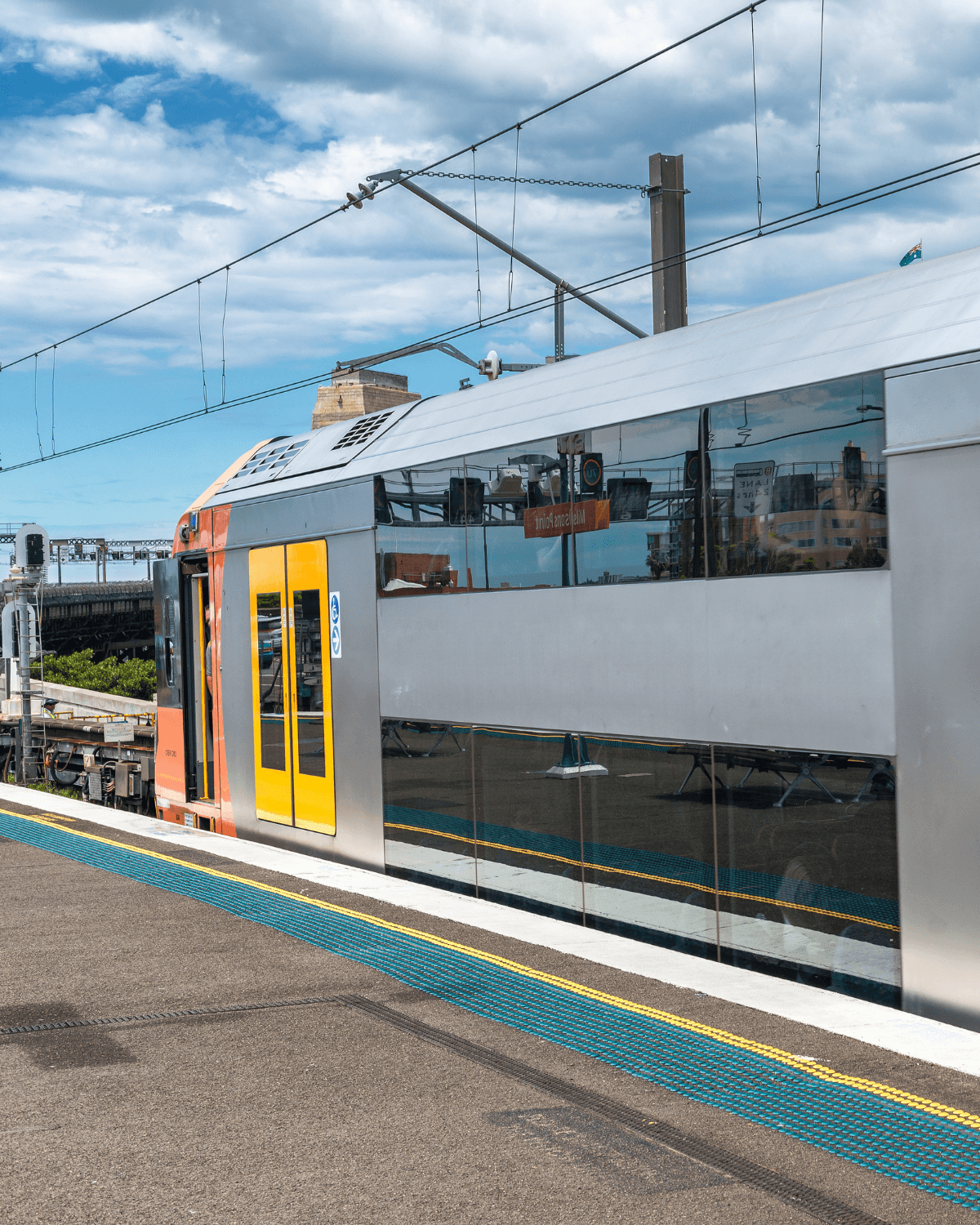Protecting Public Assets and Ensuring Citizen Safety
Security Systems for Government Institutions
Security systems in government institutions play a crucial role in safeguarding sensitive information, personnel, and infrastructure. These systems typically encompass a variety of measures, including physical security, cybersecurity, and procedural protocols. Physical security involves access control mechanisms such as biometric scanners, surveillance cameras, and secure entry points to prevent unauthorized access. Cybersecurity is equally vital, focusing on protecting digital assets from cyber threats through firewalls, encryption, and regular security audits. Additionally, government institutions often employ strict procedural protocols and employee training programs to ensure compliance with security policies and to foster a culture of vigilance. By integrating these elements, government institutions aim to create a robust security posture that effectively mitigates risks and responds to potential threats.
Why Security Systems are Vital for Government Institutions:
-
Protecting Sensitive Information
Government agencies handle highly sensitive data, including citizen records, national security information, and confidential documents. Advanced security systems safeguard this data from unauthorized access, cyber threats, and espionage.
-
Securing Critical Infrastructure
Government facilities often house critical infrastructure, such as power grids, communication networks, and transportation systems. Security systems protect these vital assets from sabotage, vandalism, and terrorism, ensuring public safety and minimizing disruption to essential services.
-
Ensuring Public Safety
Government buildings and public spaces must be safe and secure for citizens and employees. Security systems deter crime, control access, and provide real-time monitoring to ensure a safe environment for all.
-
Maintaining Operational Continuity
In the event of an incident, a reliable security system helps minimize disruption to government operations, allowing agencies to continue serving the public effectively.
-
Meeting Compliance Requirements
Government institutions must comply with stringent security regulations and standards. A professionally designed and installed security system ensures compliance and avoids potential penalties.
Key Security System Components for Government Institutions:
-
Access Control Systems
Regulate access to restricted areas with multi-factor authentication, biometric readers, and smart card technology, ensuring only authorized personnel can enter sensitive zones.
-
Video Surveillance Systems
Monitor activity in and around government buildings and public spaces with high-resolution IP cameras, utilizing advanced analytics for real-time threat detection and investigation.
-
Intruder Alarm Systems
Detect and deter unauthorized entry with a network of sensors, alarms, and perimeter security systems, triggering alerts and notifying authorities in case of intrusion.
-
Intercom Systems
Enhance communication and security at entry points with video intercoms and access control integration, allowing staff to screen visitors and manage access effectively.
-
Perimeter Security
Secure the perimeter of government facilities with fencing, gates, intrusion detection systems, and video analytics to prevent unauthorized access and monitor activity.
-
Emergency Notification Systems
Implement mass notification systems to quickly alert staff and visitors in case of emergencies, such as fires, evacuations, or security threats.
-
Integrated Security Solutions
Combine various security systems into a unified platform for centralized management, automation, and enhanced situational awareness.

NEO Security
Your Partner in Government Security
NEO Security understands the unique security challenges faced by government institutions. We design, install, and maintain comprehensive security solutions that meet stringent requirements and prioritize public safety.

